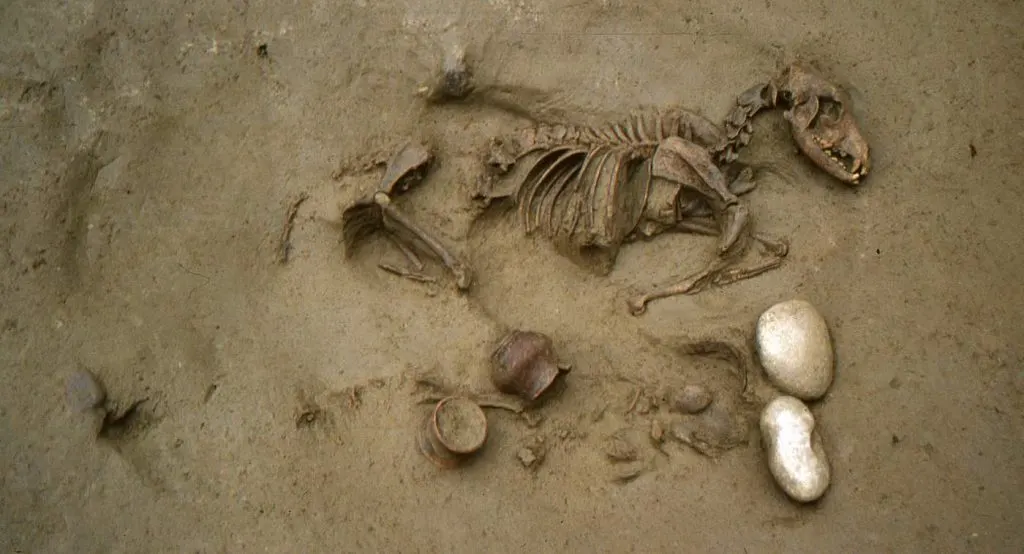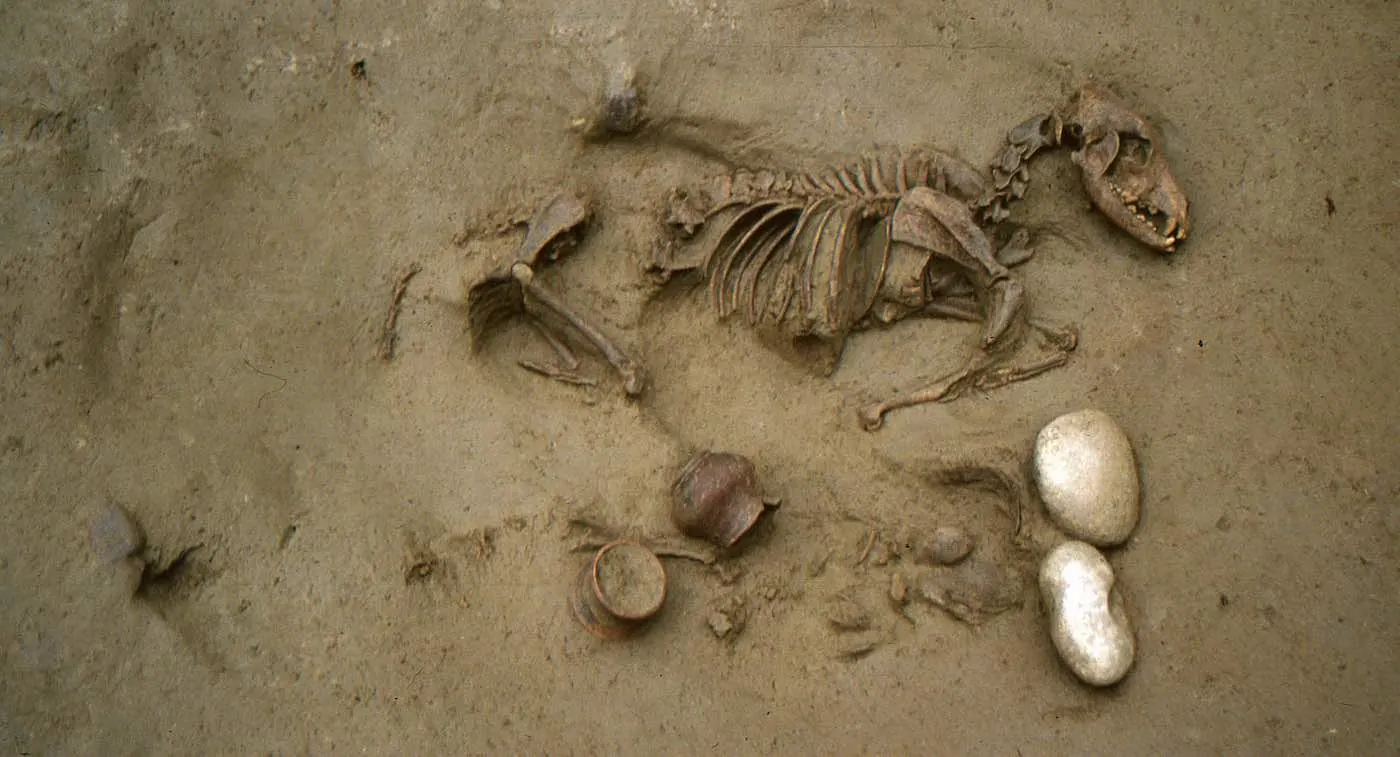In what is now northern Italy, people from an ancient community were laid to rest alongside animals like dogs and horses. While the reasons behind this practice remain a puzzle, it suggests a special bond between these individuals and their furry companions.
A recent study delved into 161 burials dating back to the Late Iron Age, approximately 2,200 years ago, with around 10 percent of the individuals being interred with animals at the excavation site near Verona, known as Seminario Vescovile.
The research team, seeking clues in the demographics, diets, genetics, and burial conditions of both humans and animals, found no clear connections among the burials.
Dr. Zita Laffranchi from the University of Bern in Switzerland, a co-author of the study, remarked that the lack of commonalities among the graves opens the door to various interpretations of these human-animal co-burials.

Among the intriguing findings were four instances where individuals were buried alongside dogs or horses. These included a baby resting beside a dog, a middle-aged man accompanied by a small dog, and a middle-aged woman interred with a whole horse and a dog skull.
Some graves contained animal remains possibly used as offerings, such as pigs, a chicken, and part of a cow, hinting at symbolic gestures towards the deceased.
Dr. Laffranchi added that while dogs and horses held religious significance in ancient societies, individuals might have been laid to rest with their beloved animal companions as well.
The research, published in the journal PLOS One by a team of Swiss and Italian researchers, suggests that a mix of personal preferences and societal traditions could have influenced the human-animal burial customs.
Titled ‘Until Death Do Us Part,’ this study is part of the CELTUDALPS research project, shedding light on the burial practices involving horses and dogs in ancient Italy and offering glimpses into the rituals and beliefs of that era.

